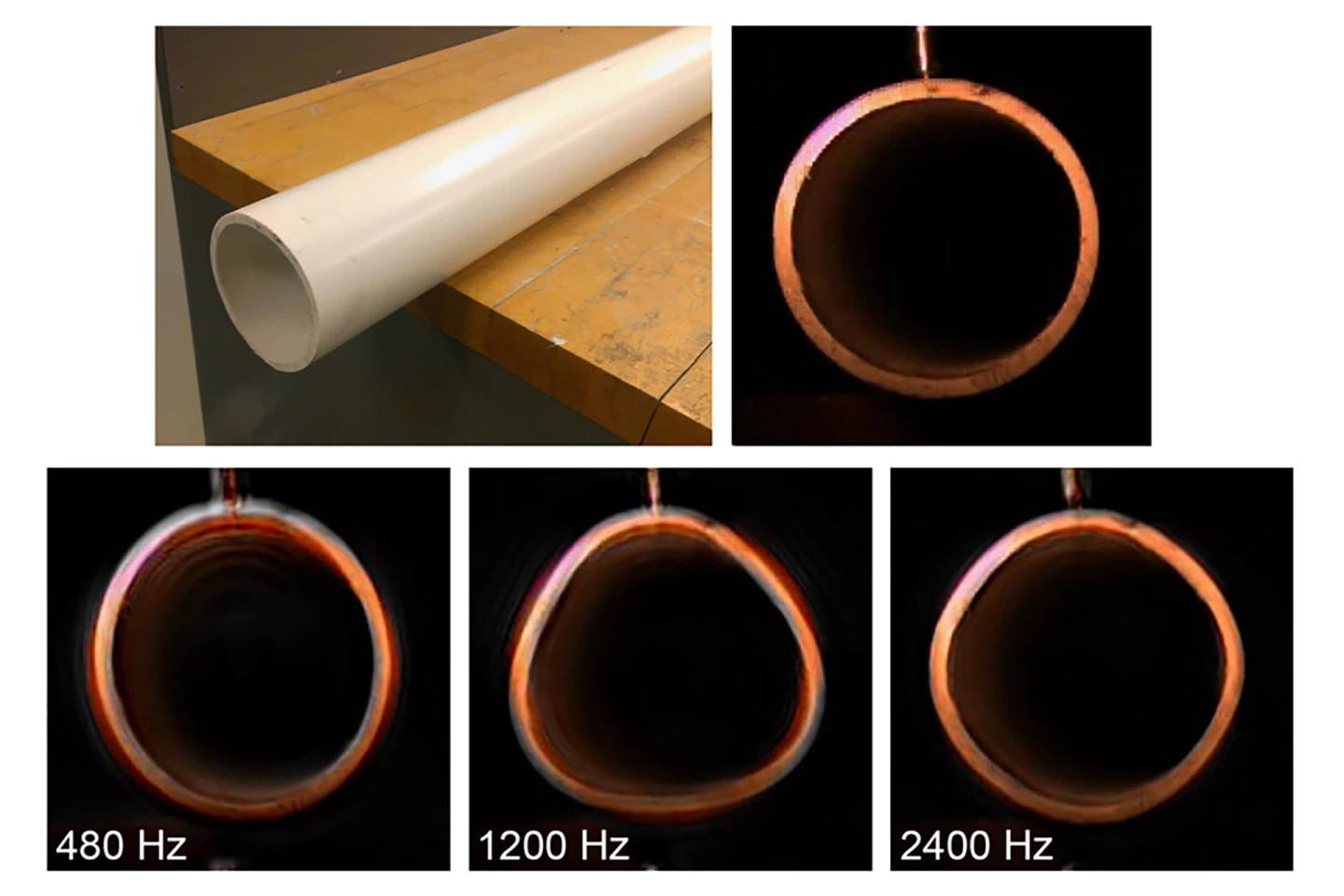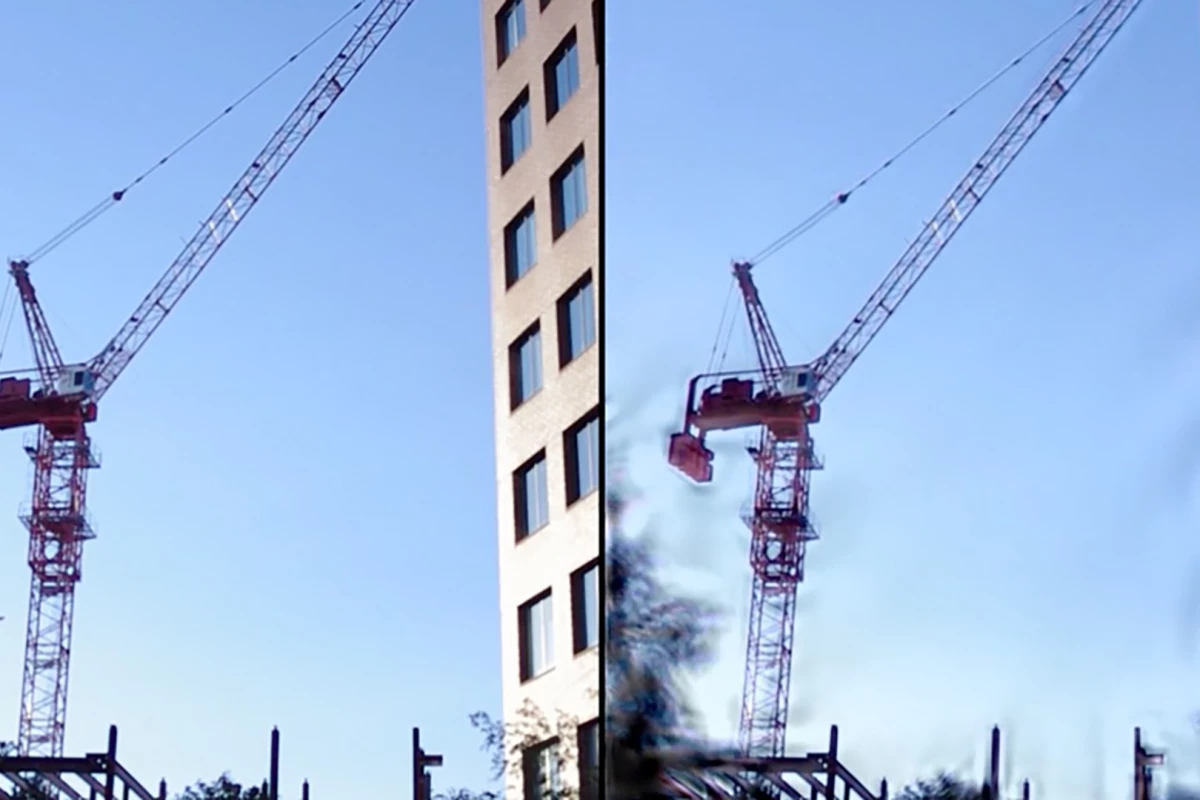While it might appear that large structures, such as bridges and buildings, remain entirely unmoved by everyday forces like rain and wind, the truth is that they do experience very slight vibrations, too small to be seen by the human eye. Those vibrations can be indicative of structural damage or instability, but current methods of detecting them are impractical and costly. A new technique developed by MIT researchers is designed to spot those telltale signs of weakness using high speed video and a computer vision technique.
Current techniques for monitoring the stability of large structures include the placement of numerous expensive accelerometers, or the use of laser beams and acoustic waves, measuring velocity to calculate motion. While such methods are precise, they're also expensive and very time-consuming, only measuring a single point on a structure at one time.
Conversely, the method proposed by the MIT researchers requires only a single high speed camera, is able to track vibrations across entire structures, and can be conducted without making physical contact.
Viewing structures with high-speed video wouldn't usually reveal such tiny vibrations, but by running footage through a computer vision technique called "motion magnification," the team was able to boost certain frequencies, exaggerating subpixel motions. The technology, which was originally developed by MIT researchers in 2012, works by filtering video images into phase and amplitude signals, and then recombining them in such a way that certain frequencies are amplified, make small motions much more prominent.
The team tested the method using a Phantom v10 high speed camera to capture footage of a PVC pipe and a cantilever beam being struck with a hammer at 20,000 frames-per-second. For comparison, the vibrations were also recorded by both accelerometers and laser vibrometers.

When viewing the footage as recorded, both the pipe and beam appeared to stay stationary. However, once ran through the computer vision software, the pipe appeared to fluctuate between a circle and an oval, while the beam was seen to wobble backwards and forwards. The data matched up well with that recorded via traditional methods.
Given the positive results, the team believes that the technique may be useful in monitoring bridges and buildings, and could even be utilized when surveying pipelines, where defects could change the way that they vibrate. The method can also still provide results when using less advanced cameras, further emphasizing its value and convenience over existing techniques.
"This could be a noncontact sensor technology that can be used for economic and speedy applications," says MIT professor Oral Buyukozturk. "Depending on your objective, perhaps you could use the camera on your cellphone for screening, and if you detect something, you could concentrate on it with a high-power camera. There are levels of inspection, and you don’t always have to start with the highest-quality camera."
The team intends to continue its research, with plans to test the technique on numerous structures around Boston, including the John Hancock Tower and Zakim Bridge.
For more on the study, you can take a look at the video below.





